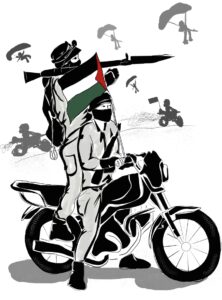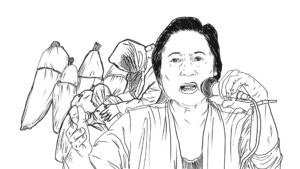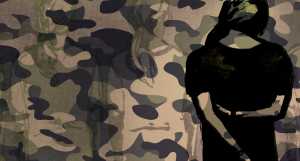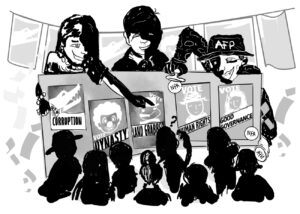Anti-junta groups launch 1-week offensive in Myanmar

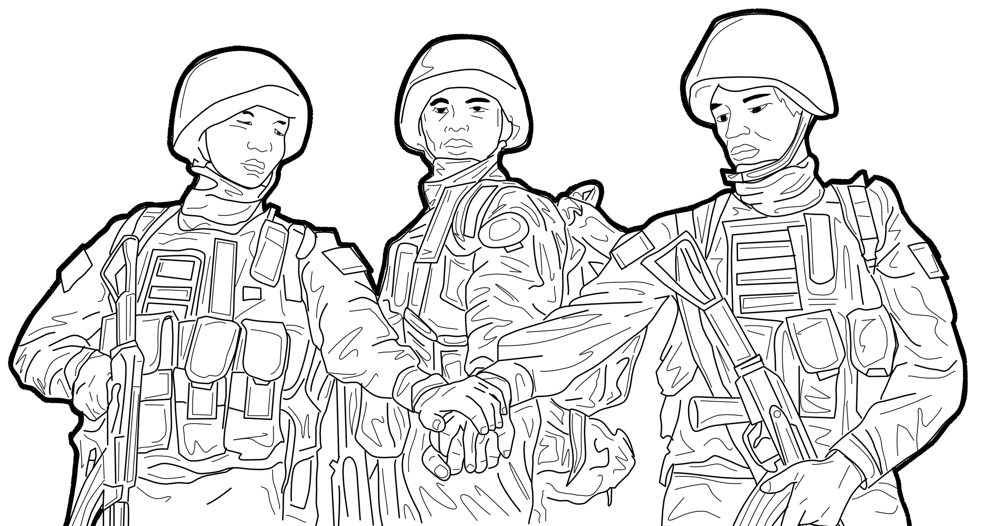
At least 100 detachments of the reactionary Myanmar army were seized by armed counter-junta forces in week-long coordinated offensives in the Shan region. Four cities were occupied and hundreds of firearms, mortar, cannon shells, and ammunition, even six tanks and an armored vehicle were seized.
Dubbed Operation 1027, the offensives began on October 27. It was launched by the Three Brotherhood Alliance, consisting of the Arakan Army, Ta’ang National Liberation Army and the Myanmar National Democratic Alliance Army, all armies of Myanmar ethnic groups. In a statement, the alliance said the offensive was motivated by the desire to “defend civilians, assert the right to self-defense, maintain control of its own territories and face attacks and bombings by the military-junta.” The immediate goal is to drive away the junta from the northern part of Shan State. It is determined to continue fighting until the military dictatorship is completely defeated, a common aspiration of all the people in Myanmar.
In support, troops of the People’s Defense Forces, Kachin Independence Army and Karen National Liberation Army simultaneously attacked junta forces in their respective areas. Many other ethnic armed groups supported and actually participated in the offensives.
According to the alliance’s statement, over 100 junta troops were killed and many were wounded merely in the first five days of the offensive. Rather than fighting, over 60 troops, including an entire unit of 41 soldiers, surrendered.
In retaliation, the junta intensified aerial bombardment of civilian communities in Shan. More than 25,000 were forced to flee their communities and take refuge in neighboring states or cross to China.
Shan State is a region on Myanmar’s border with China. It is a major trade route between the two countries. Two pipelines carrying millions of cubic meters of oil from Myanmar’s offshore rigs to China cross the area. The region is crucial to China’s One-Belt-One-Road project.
On October 31, the alliance announced that it seized control of six towns in Shan, including two where junta exports pass to China. Due to effects on commerce, China has called for an “urgent ceasefire” to let trucks carrying products cross.
“Raging fire” of brutality
Since seizing state power in 2021, the junta has killed up to 4,000 civilians and arbitrarily detained more than 10,000.
On October 24, the United Nations released a special report detailing the junta’s war crimes and crimes against humanity. Most prominent are the brazen bombing of civilian targets, the killing of civilians or combatants captured in operations and the widespread and deliberate burning of homes and other civilian infrastructure.
In the last few months alone, the number of junta airstrikes increased by 600% compared to the previous year. One of the most recent cases was the bombing of a refugee camp in Mung Lai Hkyet in Kachin State on the night of October 7. Twenty-eight refugees, including nine children, were killed instantly. More than 60 were injured.
Mass killings of civilians and wounded fighters are widespread in the Sagaing region. Deliberate burning of houses, shops, churches and vehicles were recorded in the regions of Sagaing, Magway, Chin, Kayin and Kayah. There were cases where entire communities were burned to the ground.
There is enough evidence gathered by the UN in relation to junta forces inflicting “the highest level of cruelty and harm” to its victims such as rape with objects and various forms of humiliation, mutilation, gang or serial rape and sexual slavery. Among the victims were children.


